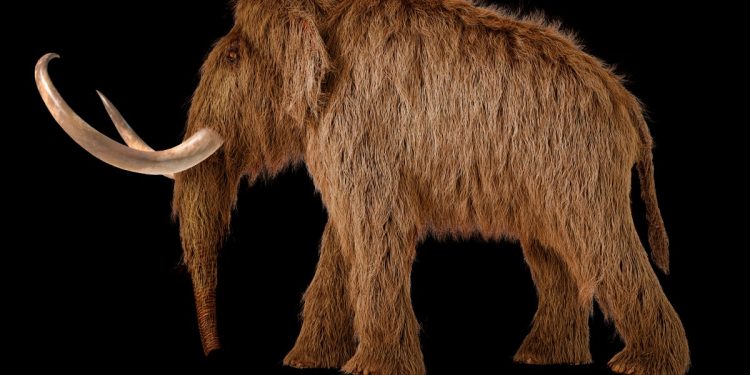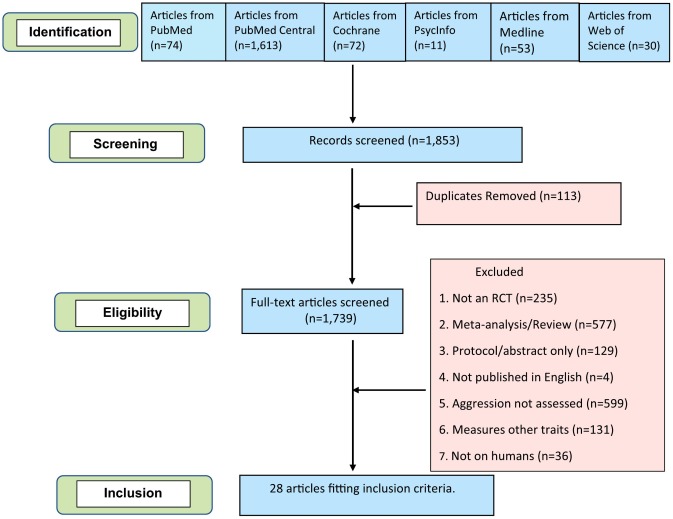Colossal Biosciences, the company whose mission is to bring back the woolly mammoth and two other extinct species, raised a $200 million Series C at a $10.2 billion valuation from TWG Global, the investment firm from Guggenheim Partners co-founder Mark Walter and billionaire Thomas Tull. The funding comes two years after the company closed its previous funding round, valued at $1.5 billion.
Why have investors poured so much capital into a jaw-dropping valuation for a company that has yet to generate revenue and whose flagship projects, resurrecting an extinct mammoth and Tasmanian tiger, are not expected to be completed until 2028?
“The investor base was very impressed with how quickly we created new technologies,” Ben Lamm, co-founder and CEO of Colossal Biosciences, told TechCrunch.
The company says it has made significant progress on its three main projects, which, in addition to the mammoth and the Tasmanian tiger (also known as the thylacine), include the dodo, and is on schedule, if not ahead, to resurrect these animals.
Colossal’s approach to bringing back extinct animals involves mapping the species’ entire genome and then comparing it to its closest living relative, which in the case of the mammoth is the Asian elephant. Lamm said that phase is over for the mammoth and thylacine, and the company’s scientists are now using the gene-editing tool CRISPR to modify Asian elephant cells. In the final step, these cells will be placed in an egg cell and the embryo will be implanted into an elephant, which will give birth to a baby mammoth, Lamm explained.
To accomplish its mission, Colossal has built various technologies, including artificial wombs, which is how the company hopes future generations of “extinct” animals will be born.
“Some of these technologies alone are changing the world for human healthcare, for agtech, for all these different categories,” he said.
Although Colossal Biosciences’ ultimate goal is to restore extinct species and improve biodiversity, the company’s main value for investors likely lies in the potential of its technologies.
Colossal plans to create three companies over the next two years, one of which will be its artificial uterus technology, which could have applications in fertility treatment.
The company has already started two companies: one of them, Breaking, helps break down plastics and last year raised $10.5 million in seed funding, while the other is Form Bio, a computational biology platform, which secured $30 million in funding.
Government collaborations are another potential source of revenue. While Colossal offers its conservation technology to governments for free, Lamm said some countries are asking Colossal for help in preserving endangered species. Some governments are also exploring de-extinction projects for animals that have cultural and, in some cases, spiritual value to their people.
If Colossal succeeds in resurrecting and reintroducing any of the species into their respective ecosystems, the company plans to generate revenue through the sale of biodiversity credits, a market-based mechanism similar to carbon credits.
Lamm said its three revenue streams – technology credits, government collaboration and biodiversity – could bring in billions of dollars in recurring annual revenue, and that they show “the economics in the short, medium and long term “. potential of the company.


